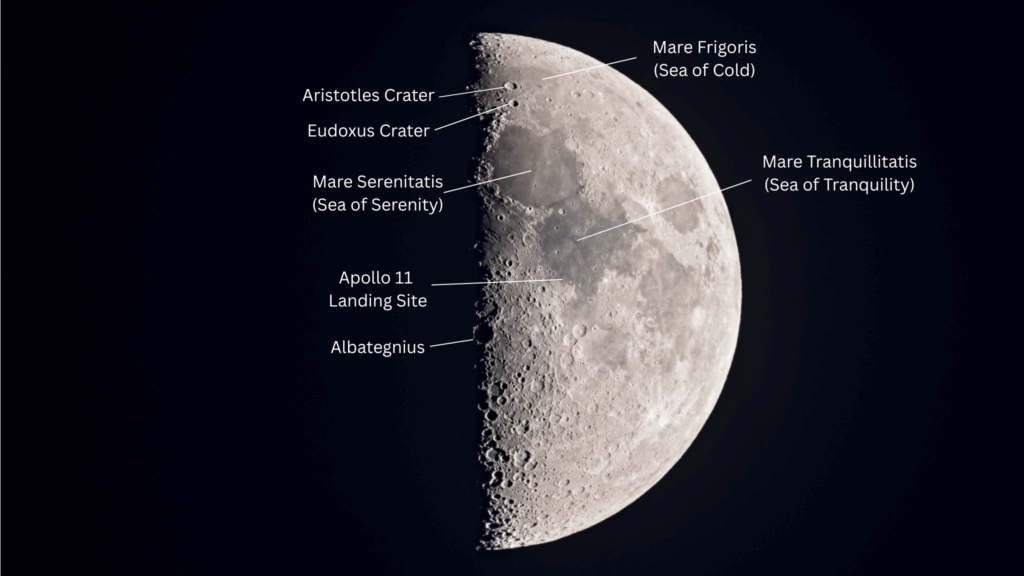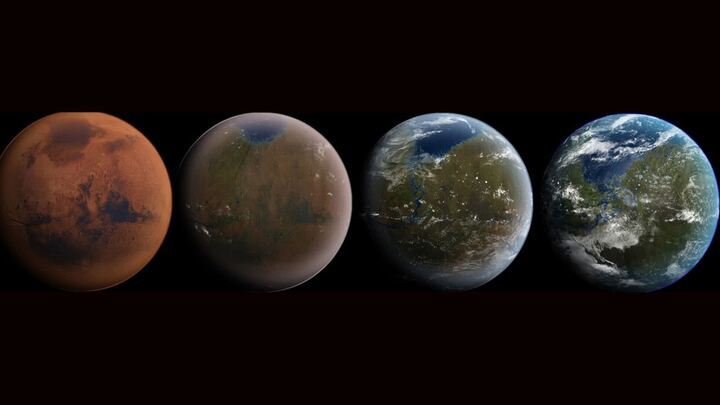Young stars can release flares more powerful than our sun’s largest on record once a week, according to a massive new analysis of stellar activity.
Scientists believe that stellar flares play a crucial role in shaping the early history of nearby planets. For example, flares can push away lingering gas, which speeds up planet formation, but a steady pulse of powerful flares can destroy a planetary atmosphere, and even shorten the lifespan of a planet itself. So in new research, scientists analyzed 24,000 different stars, each of which is less than 5 million years old, to understand how stars may affect young planetary systems.
“Our work tells us how the sun may have behaved and affected the young Earth billions of years ago,” Konstantin Getman, an astronomer at Pennsylvania State University, said in a statement. “In some ways, this is our ultimate origin story: how the Earth and solar system came to be.”
Related: NASA unveils amazing cosmic views as Chandra X-Ray Observatory turns 20

Getman and his colleagues used NASA’s Chandra X-ray Observatory for their flare survey work. First, they identified 40 star-forming regions, in which they selected more than 24,000 stars to analyze. Then, they started tallying flares and comparing the bursts to the largest solar flare on record, the 1859 Carrington Event.
But our sun is pretty mature at 4.5 billion years old. The stars the scientists were studying are much younger and much more active. (Stars tend to be more active in their youth.)
The astronomers spotted more than 1,000 stars giving off more powerful flares than anything our sun is known to produce. In fact, these stars unleashed flares with 100,000 times more energy than the Carrington Event at least once a week, and flares with up to 10 million times the energy of the 1859 blast about twice a year.

That sort of activity could have huge implications for developing planets, the researchers said. “We want to know what kinds of impact — good and bad — these flares have on the early lives of planets,” co-author Eric Feigelson, also an astronomer at Penn State, said in the same statement. “Flares this powerful can have major implications.”
In particular, the researchers were curious about the connection between flares of X-rays and outbursts of charged particles that, when thrown off by our sun, are called coronal mass ejections. So for 55 of the bright flares in the dataset, the scientists conducted additional analyses, which determined that these closely resemble the solar flares that produce coronal mass ejections.
“We’ve found that these giant flares are like ones on the sun but are just greatly magnified in energy and frequency, and the size of their magnetic loops,” co-author Gordon Garmire, an astronomer at the Huntingdon Institute for X-ray Astronomy in Pennsylvania, said in the statement. “Understanding these stellar outbursts may help us understand the most powerful flares and coronal mass ejections from the sun.”
The research is described in a paper accepted for publication by the Astrophysical Journal and available to read as a preprint.
Email Meghan Bartels at mbartels@space.com or follow her on Twitter @meghanbartels. Follow us on Twitter @Spacedotcom and on Facebook.


